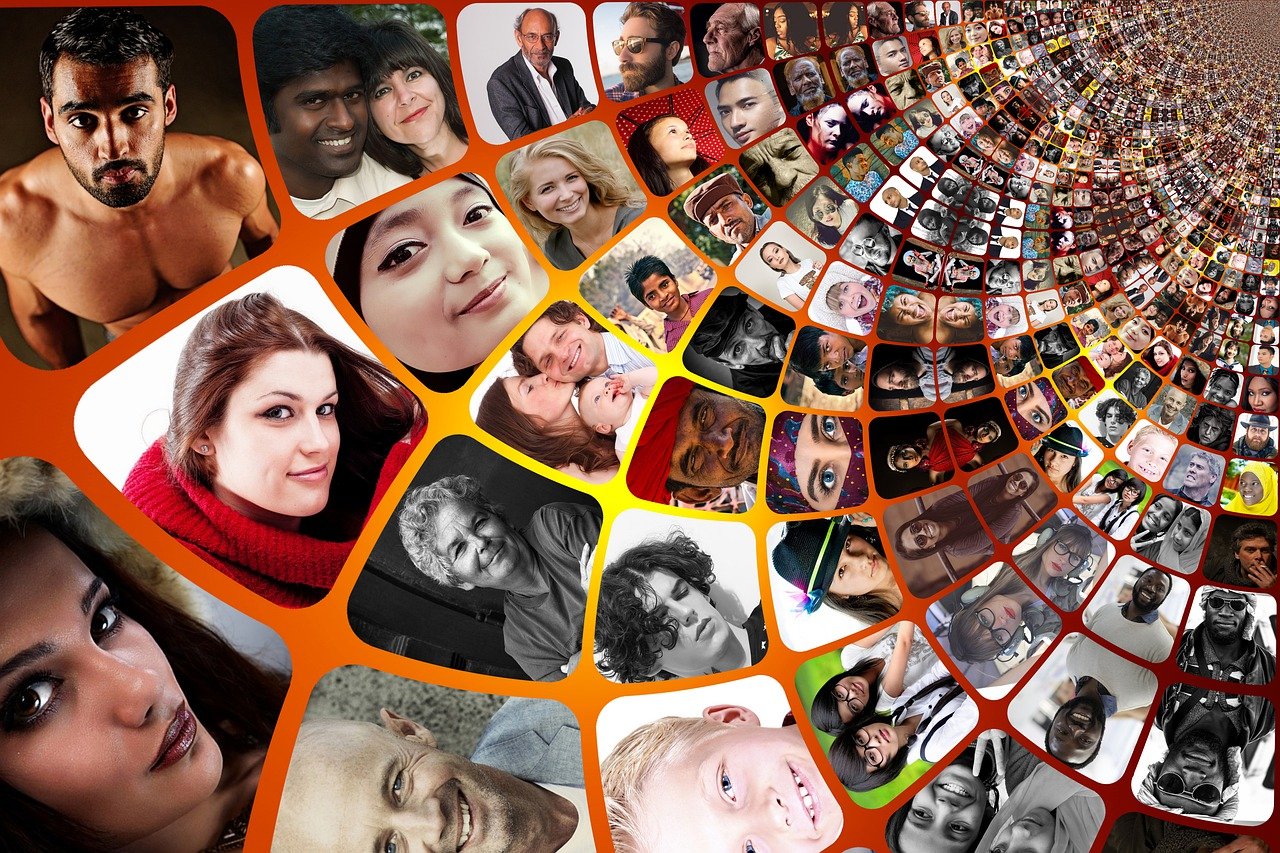As a seasoned-marketing and advertising professional, who happens to be Black, I have faced or been confronted by many interesting challenges, bias and bigotry in my 40+ years.
While attending several industry functions, I have overheard fellow marketing professionals discuss “how to fill the talent gap” and the “need for better marketing to attract super-talented, more highly skilled people.” While I totally agree that recruitment is one of the major challenges facing the ad industry today, the solution to the talent gap and recruitment challenges may be, in part, due to diversity, or should I say, a lack thereof.
Many marketing communications professionals point out that despite the continuous chatter relative to the merits of diversity and inclusion, there is a failure by most business leaders, employers, and yes, top management, to embrace it. Diversity is not a “dirty” word and it’s not just about race, creed, color or ethnicity. It’s about differences and values including age, religion, the “physically challenged,” generational, LGBTQ and other underrepresented people.
No matter the industry, a wider net must be cast for talent and get away from sameness, a “cookie-cutter” image or a workforce consisting of clones. Ad and PR people must rid themselves of the “one size fits all,” that Black and brown people are “dark-skinned white people” and “Black and Hispanic people are monolithic” mentality.
In other words, “ignore them or they will go away.”
Experience has taught me that diversity and inclusion stimulate candid, open discussion, fresh thinking, new ideas, different perspectives and different ways of looking at situations, problems and opportunities. Hiring people who look, think and act as we do, is not the total answer. It’s short-sighted and simply does not make good business sense.
Today’s young adults “march to a different beat.” They have a different work ethic, different aspirations and desires. They also have different tastes, brand preferences and “favorites.” Further, many surveys have concluded that firms, which are diverse and inclusive, tend to be more productive, profitable and are credited with having increased clients’ share of market more than their nondiverse counterparts. Let’s recognize that and should make every sincere effort to create a business environment, climate and culture that is not only diverse, but inclusive and respectful — one that creates, encourages and values employee contribution.
Let’s face it, today’s consumers look dramatically different than they did a decade ago, and most industries, like advertising, have failed to keep pace. Today, we can no longer ignore the significant growth and impact of diverse segments of our population combined with their over $2 trillion in purchasing power.
In fact, if this trend continues, and the US Census Bureau predicts that it will, by the year 2045, today’s so-called minorities will be tomorrow’s majority. No doubt, you have heard that before. It’s nothing new. If time permits, check out the latest Census Bureau statistics for population growth. For instance, today’s advertising workforce does not reflect or even comes close to the American mosaic, and that is not only a disservice to our industry, but to the clients we serve. We, in the advertising industry, are professional communicators, and we should mirror or relate to the consumer population to whom we communicate. Advertising is an idea business, and good ideas can come from many unlikely sources.
Advertising and PR are both under scrutiny and fire today by many threats and unnamed challenges to maintain our growth, profitability and our continued existence, while satisfying the goals, needs and desires of our clients. We have come to realize that, for long-term business survival and success, we will have to become more diverse and inclusive.
Simply put, from a purely business point of view, the color is not white, Black, brown or yellow. It’s green! We have also learned that talent and the value that one brings to the table are the more important elements in personnel selection criteria.
I have also learned over time to dismiss racial bias, indignities and unfairness when encountered. I am now totally convinced that in this new America, with its ever-changing demographics and consumer buying habits/tastes, that diversity, which began as a moral imperative, has become a reality and an economic necessity.
Ron Owens is the co-founder and principal of LMO Advertising; former vice president, Bozell Worldwide; vice president, TMP Worldwide; governor, American Association of Advertising Agencies; vice chair, American Advertising Federation; vice president, Association of National Advertisers; and past president, Ad Club of Metropolitan Washington, D.C.
